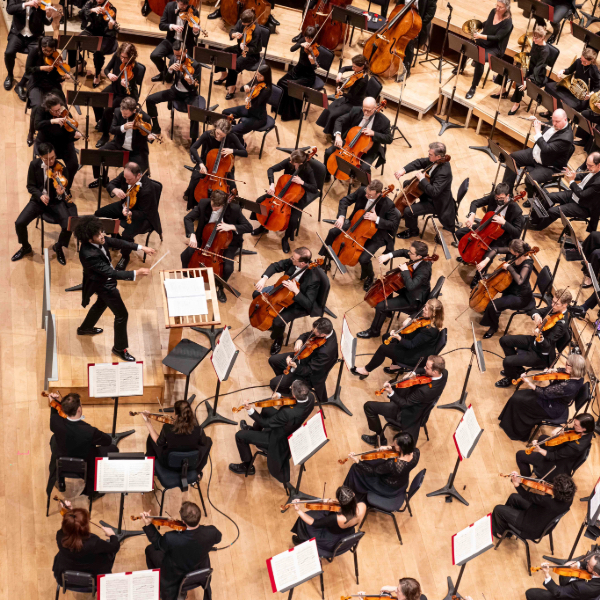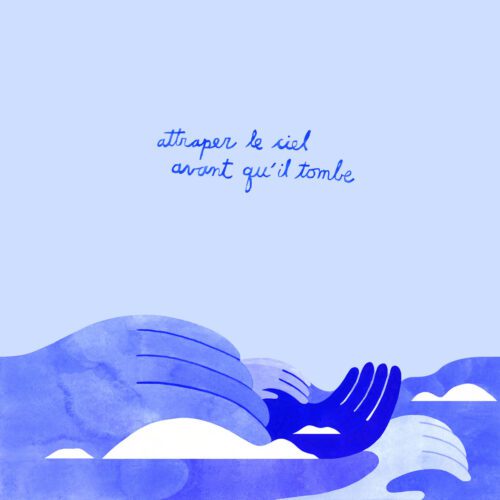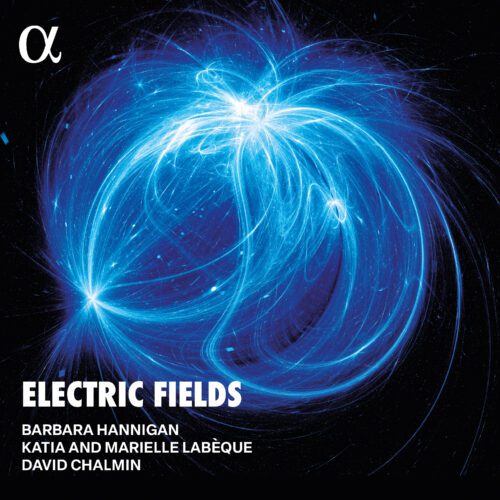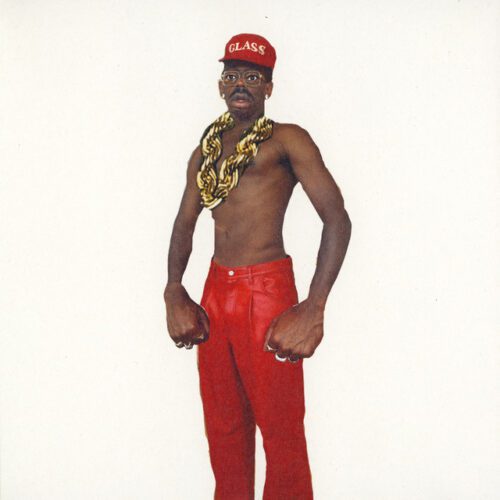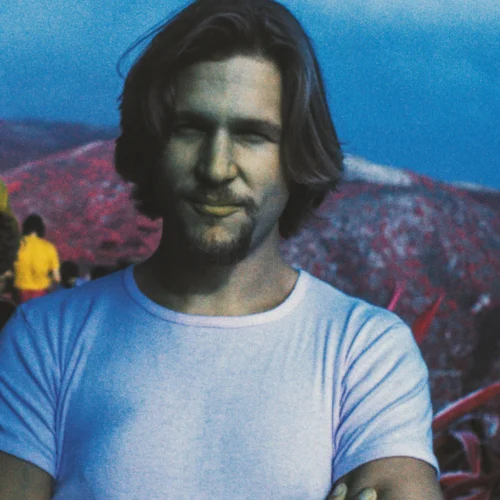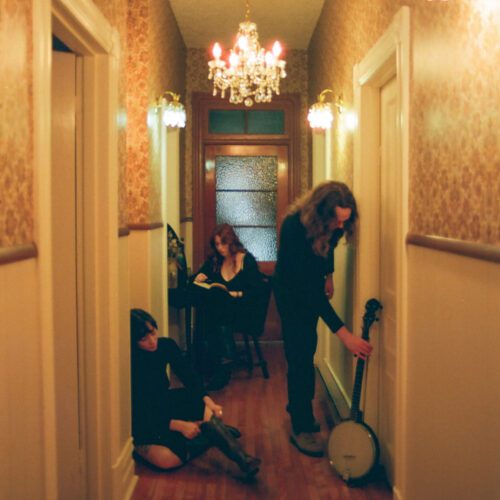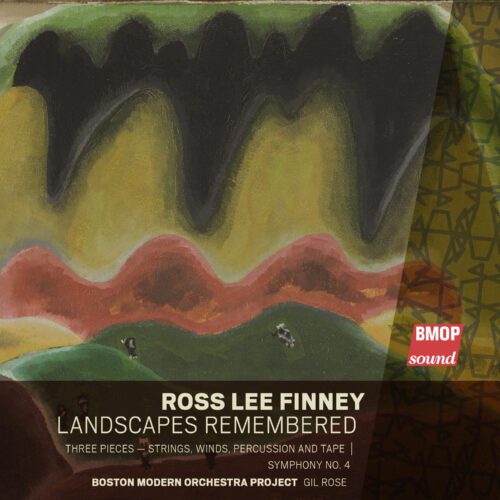These are the last concerts this week for the Orchestre symphonique de Montréal (OSM) before its forthcoming tour, which will take it to the finest concert halls in Europe over the next few weeks. For the occasion, it was the turn of Richard Strauss’s Alpine Symphony to be broken in, conducted by Rafael Payare.
As a curtain-raiser, the OSM also presented Jeden Baum spricht “Chaque arbre parle” by Iranian-Canadian Iman Habibi. According to the program note, this work would have had everything to gain from being included in last month’s OSM Beethoven Marathon. It ticks all the boxes of how the composition competition was presented at the concerts, or, roughly speaking, how the composer can express today the influence that Beethoven has had on his life. To take things a step further, it is written that the very title comes from one of Beethoven’s diaries. And that’s what we hear! Habibi skilfully uses the dramatic, country aesthetics of the Fifth and Sixth symphonies, without quoting them, in a tripartite structure, with agitated brass and percussion, but calmer strings and woodwinds. This leads to a grandiose, hopeful finale. In short, something more interesting than the two creations we personally attended at the Sunday, October 20 concerts. We can’t help smiling when we recall that the OM competition dates back to before the pandemic, and when we read that Jedem Baum spricht was premiered in 2020 as a commission from the Philadelphia Orchestra, which is conducted by… Yannick Nézet-Séguin!
24 hours before the concert, the OSM announced that Scriabin’s Piano Concerto would be replaced by Ludwig van Beethoven’s Third Concerto , still performed by Bruce Liu. The latter will thread the concerto with finesse and fluidity. He never forces, picks or over-stamps. His right hand is so agile that trills are almost imperceptible, and his nuances are breathtaking. Liu has the ability to suspend notes at the last moment to dampen a phrase or change character. The beginning of the second movement transports us into another world, with a comforting left hand and a melody barely touched by the fingers of the right hand. No one gave an explanation for the change of work, but this performance was well worth it.
The Alpine Symphony is impressive in terms of length (45-50 min.), dense instrumentation (abundant brass and percussion sections, unusual instruments) and thematic flourishes, but you have to delve into the details to really impress. With more or less 130 performers, playing loud is child’s play, but it’s not always easy to measure out the nuances. As Payare prioritizes the instrument family most likely to be buried, namely the woodwinds, everything balances out. As experienced guides, they were brilliant, individually and collectively. From the very first note, bassoonist Stéphane Lévesque and his colleagues set the calm mood of dawn, against a background of imperceptible violins. Then, new principal oboist Alex Liedtke distinguished himself in a distant solo. Later, the same Liedtke, with clarinetist Todd Cope and the legendary Timothy Hutchins on flute, literally had us on the edge of our seats on the eve of the storm, not quite sure when the sky was going to fall. The Post-GoldenElegy was even better. The abyssal gulf in orchestration (from full orchestra to intimate, chamber formation with woodwinds, horn and trumpet solos on organ pedal) doesn’t affect the playing in the slightest. The trap of excitement and agitation of the previous section is avoided, and we swim in a moment of zenitude. Throughout the symphony, the horns were present without being overpowering. In fact, they could have taken up more space in a few places, such as each time the chorale motif is repeated from the outset. The volume of the banda was good, and the horns made a real impact in their long Summit melody, but it wouldn’t have been as excellent without the contribution of the strings below, which dictate the phrase without releasing the tension in the long notes. In short, the Alpine Symphony may tell the story of an adventurer’s ascent alone, but this magnificent performance is the work of a collective perfectly aware of the role each must play to reach the summit.
Photo Credit: Antoine Saito
